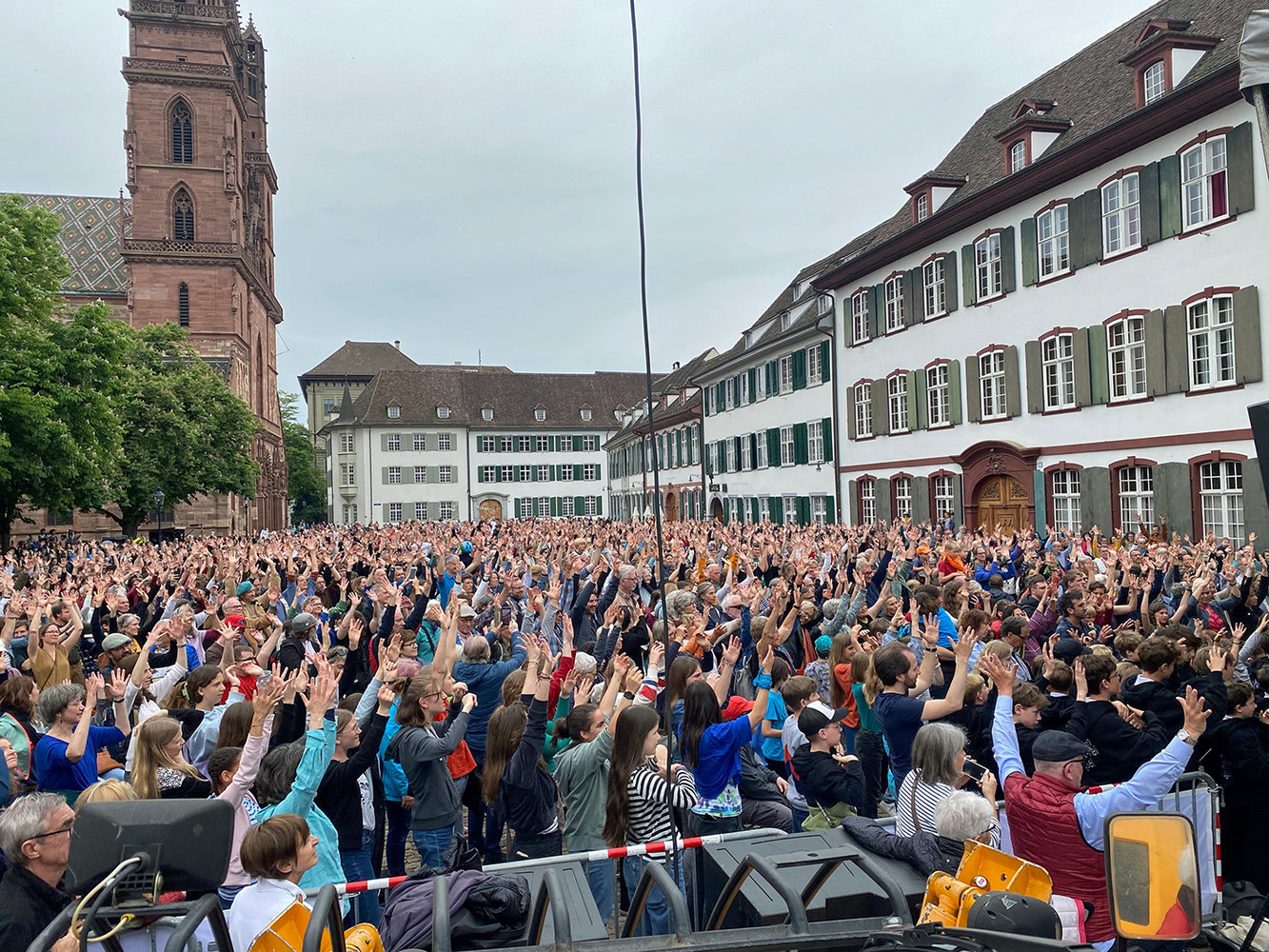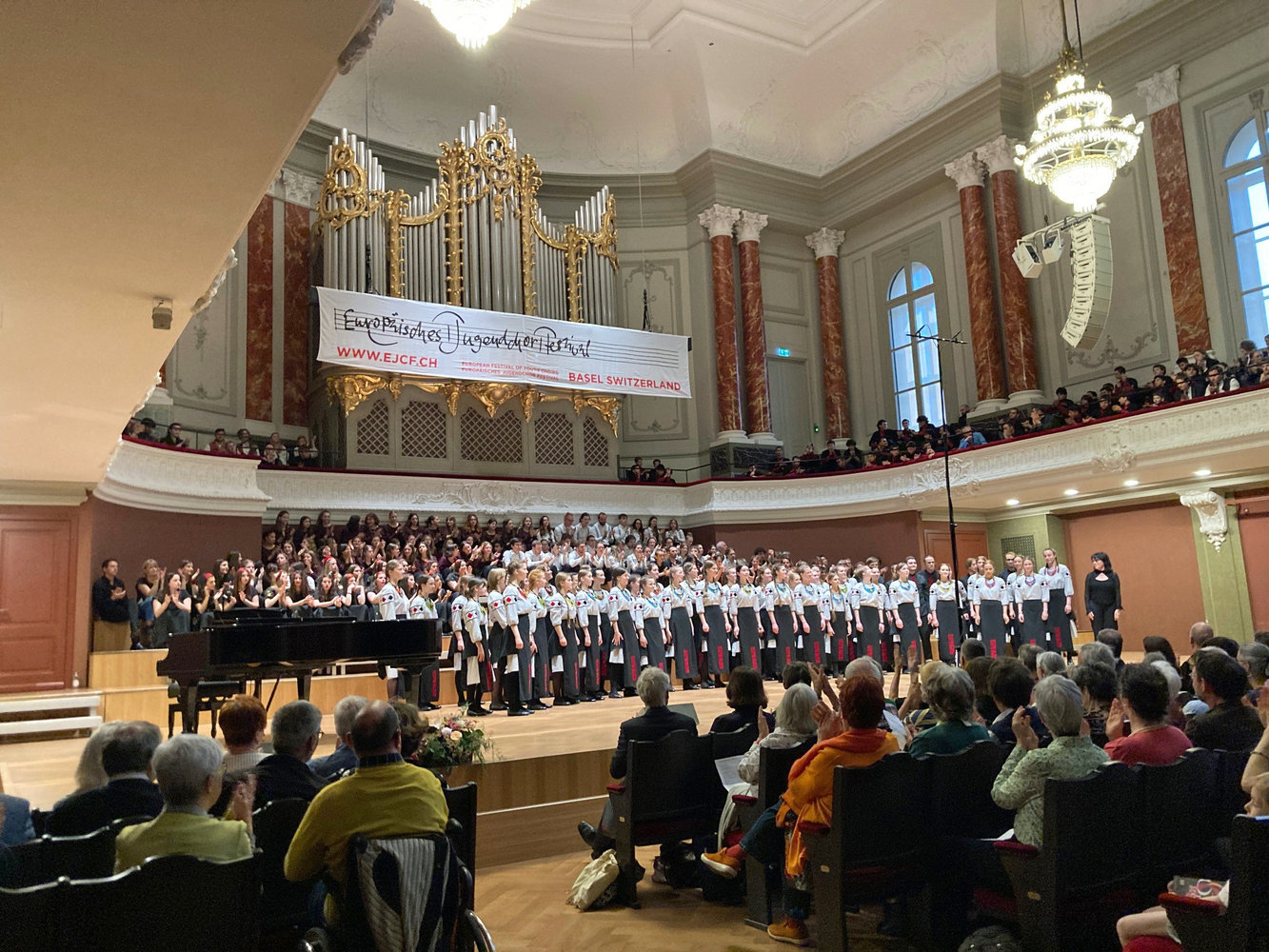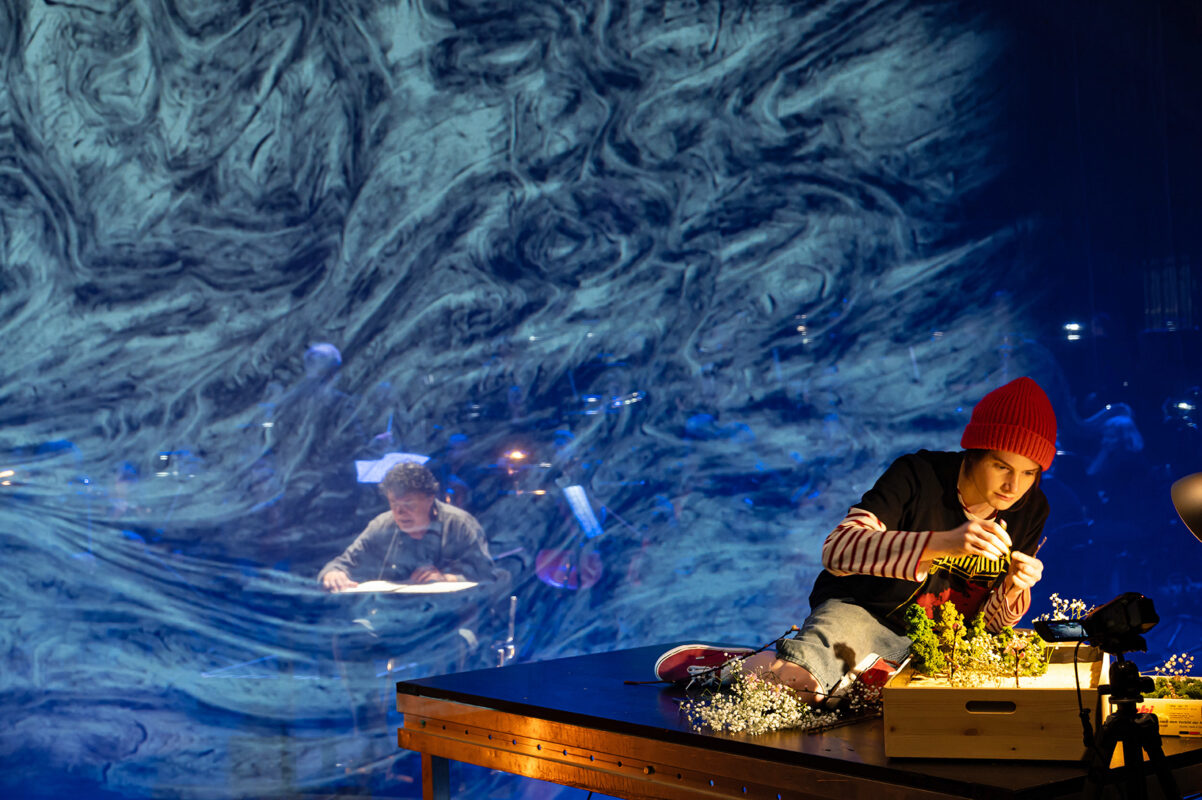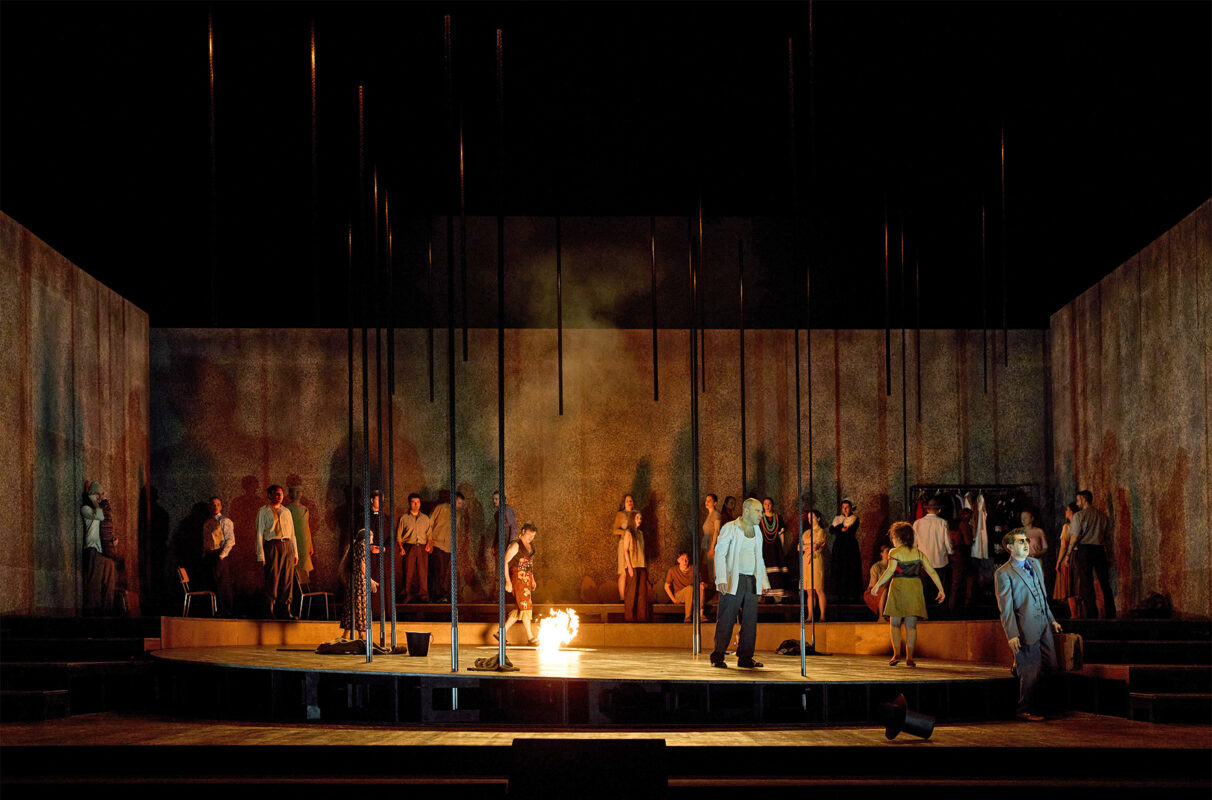Young choirs, great class
A celebration of music, a celebration of singing, a celebration of joy - that's how you could describe the 13th edition of the European Youth Choir Festival, which filled Basel over the Ascension weekend.

Five years ago was the last time that the European Youth Choir Festival Basel was held in its entirety with international choirs. After a long (corona) dry spell, the time had finally come again: youth choirs from all over the world could be experienced over five days. The crowds were huge, with a total of around 40,000 people attending the events.
"Obviously, after years of doing without, the need is huge," said the organizers. It is also worth mentioning the growing confidence in the high quality of what is on offer since the last festivals, which encouraged people to attend. And last but not least, the excellent organization of this major event.
From Belgium to the Philippines
A total of 19 choirs from Belgium, Finland, France, Georgia, Ireland, Israel, Latvia, Lithuania, Poland, Serbia, Ukraine, Switzerland and the Philippines presented their performances. Many of them were not content with just singing. They often included choreography, which added even more expression and atmosphere.
The children's and youth choir Baao from the Philippines presented an exciting mix of rhythm and melody, with stomping on the floor, slapping on the arms or thighs and strangely touching tunes. One girl's solo was reminiscent of a prayer call and, supported by bamboo instruments, the choir transported the audience to a tropical rainforest with deceptively real rain sounds and birdsong.
The performance was part of the "Country Focus", in which youth choirs from Georgia and Finland also presented their musical culture. "This format has always existed," explains festival director Kathrin Renggli, "what is new is that we are placing more emphasis on openness. In the past, these events took place at the Music Academy and were more intellectually oriented. This time, we are forming collaborations with people from the respective country who live here."
Join in yourself
An idea that was well received, with up to 300 visitors having to be turned away. Those who managed to get a seat could not only enjoy the choirs, but also try out short songs, practise dances and taste culinary delights from the respective country. There were plenty of opportunities to join in. The highlight was "Body Percussion en gros" on the "splash-filled" Münsterplatz, where thousands of people moved to the same rhythm.
How should the situation of youth choirs be assessed internationally after the pandemic? Renggli's answer comes immediately: "No choir has broken up at this level. Of course, there were difficulties for them too. A number of young people dropped out because they simply couldn't sing anymore." The children's choir Zvezdice from Serbia, for example, had to cope with a "three-year gap" and therefore arrived with fewer children than planned. The phenomenal Shchedryk choir from Kiev, however, presented choral music from classical and folklore under the direction of Marianna Sablina with around 40 girls selected from the local choir school.
From the Zäuerli to contemporary music
The Jutz youth choir is dedicated to interpreting traditional yodel songs. The high standard and fervor with which the ensemble dedicates itself to this music, which is often considered old-fashioned, was demonstrated in St. Peter's Church. The story of Maiteli and Büäbli, who meet at the Chilbi, was told. A Zäuerli started things off, then Müntschi and Heimetli were sung. Finally, there was also a little dance.
The variety of musical styles and the number of high-quality musical performances was enormous. Most of the choirs were invited, explains Kathrin Renggli: "I know the choirs and have visited them, and a large network helps me with recommendations." But there are also applications, such as from the boys' choir Mdzlevari from Georgia.
The Chœur national des jeunes de France offered a taste of its skills at the lunch concert in the Clarakirche. The opening with the Chanson triste by Henri Duparc in sustained, polyphonic singing and the garland-strong piano accompaniment by Hervé Noirot made the listener sit up and take notice. With flawless diction, Mendelssohn's Grant us peace. The undisputed highlight was Seán Doherty's (born 1987) very difficult Under-SongThe young women and men, standing in a semi-circle around the pews in the church, each voice on its own, developed a differentiated and compelling singing. They were professionally led by their renowned Swiss conductor Dominique Tille. "Without excellent choirmasters, such performances would not be possible," concludes Kathrin Renggli. The festival has shown how fascinating and appreciated choral music is for performers and visitors alike.









